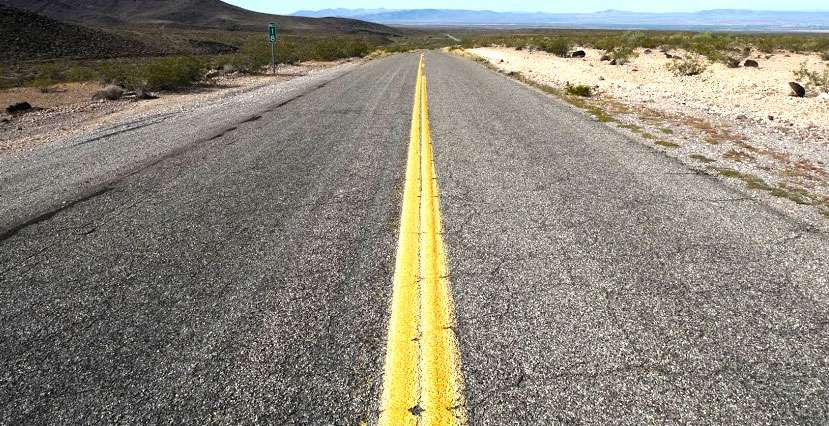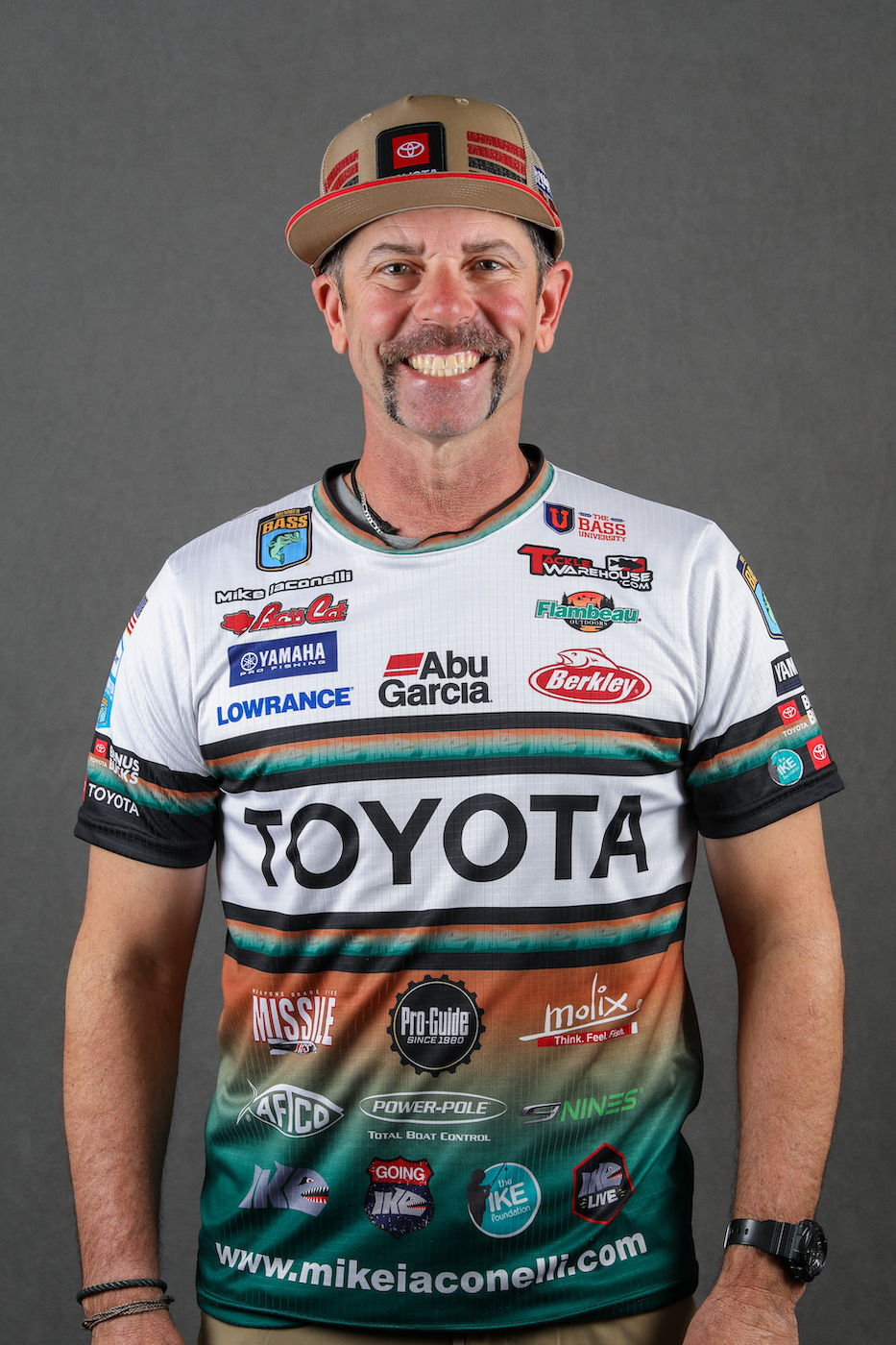
The water temperature in my neighborhood is in the 50s. That’s still a fall bite, although the bass are starting to move away from the flats and the baitfish. It’s important to understand this movement if you’re going to stay with them on into the winter.
We all know that bass move late in the year. It’s pretty much a continuous process. In the early fall they move with the baitfish. That’s the easy part. Later in the fall they keep moving but it’s not with the baitfish. It’s along very predictable paths towards their winter areas.
If you followed them back in the late summer and very early fall, you won’t have any trouble finding them again. They use the same routes both ways. If you got started late, you’ll need to do some work.
They use markers to make their journey to and from the shallows. It’s kind of like what we do when we go to the grocery store. We don’t drive in a straight line through yards, parking lots and anything else that gets in our way. We follow the roads.
And we don’t have to tell anyone which roads we’ll follow. If they know where we started and where we want to go, they can look at a map and make a good guess as to how we’ll travel. They can track our movements with little or no trouble. We can do the same thing with the bass.
Find a ditch, a channel or a series of breaks that lead out from shallow water to deep water. It doesn’t have to be much. Vegas and I were fishing this morning on a lake right by my house. We fished a heavily silted creek channel that wasn’t any more than a foot deep. We caught 10 fish in about an hour.
That slight depression was all they had. Our lake was dammed over 150 years ago. Everything is silted to the point where it’s ridiculous. Bass always use what they have available. They have no choice. It’s not like they can move.
But even if there wasn’t anything left in our lake from a structure point of view we’d still have been able to find them by locating cover that they could use to navigate. I’ve seen them use pad fields, old weedbeds that have been dead for weeks, tree lines and rock walls.
The above the water markers are easy to find. Just look around. The underwater markers can be tougher but with the quality SONAR that’s available you can find depressions as shallow as an inch or two. You don’t have to look all over the place to do it, either. Follow your map that’s with your GPS unit. I use Lowrance maps.
Don’t run all over the place wasting time looking for the bass this fall. Find their highways and fish them.
Next week I’m going to release my secret bass catching success formula. Every continuously successful angler — recreational or pro makes no difference — more or less uses it.
Mike Iaconelli’s column appears weekly on Bassmaster.com. You can also find him on Facebook and Twitter or visit his website, mikeiaconelli.com.





